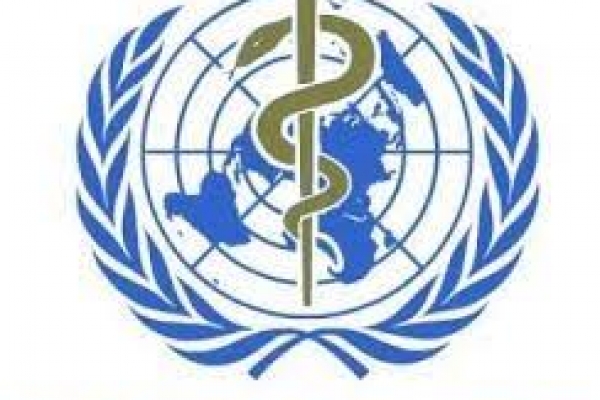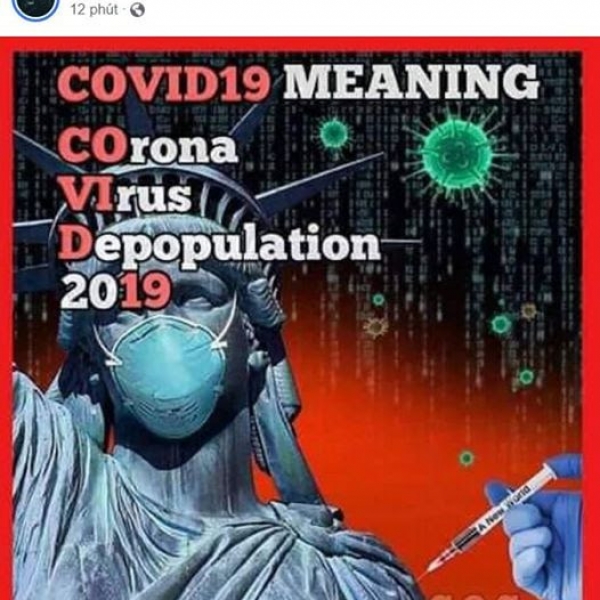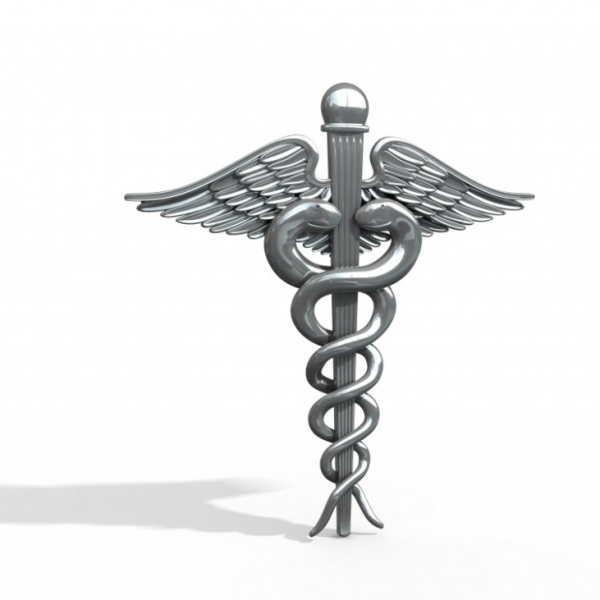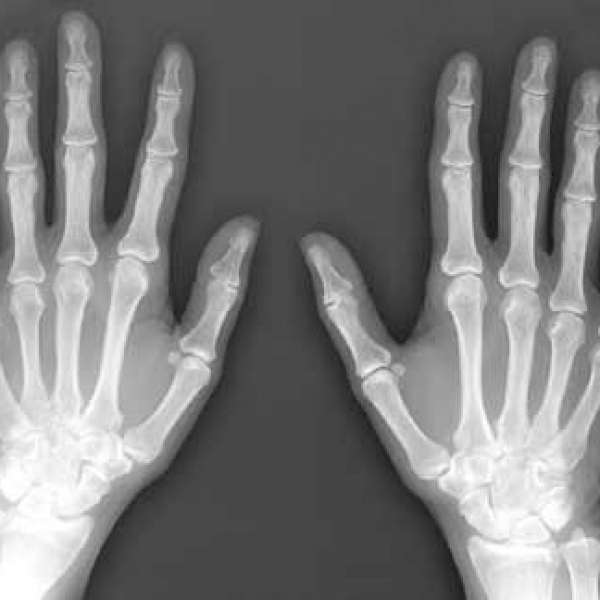Contact Admission
Surgeons view CT, MRI, ultrasound images using 3D technology
Surgeons view CT, MRI, ultrasound images using 3D technology
Since the invention of the X-ray machine in 1895, medical imaging technology has improved dramatically, but the recognition of those images has not changed enough to keep up with medicine. Although CT and MRI images are captured with 3-dimensional (3D) data, the doctors' use of that data is almost entirely in 2-dimensional (2D) format.
EchoPixel, a company based in Mountain View, California, USA hopes to close this gap. EchoPixel technology uses CT images, MRIs, or ultrasound images of patients to create three-dimensional images that can be manipulated, shared, or saved for later reference. That way, it allows faculties to better understand clinical problems and to connect more effectively.
EchoPixel's True 3D software platform runs on special hardware, including a screen, a pen, and a pair of glasses. The CT, MRI, or ultrasound images are uploaded to the software, and a "small" 3D software along with these image slices forms a 3D copy of the anatomy scanned from the patient. The glasses allow the doctor to see each patient's body part on the screen, and the pen is used as an manipulation tool to perform measurements, slice and visualize cross sections, or even placed in virtual implants to compare sizes.
There is a visual difference between advanced technology and rudimentary technology, says Sergio Aguirre, the founder and CEO of EchoPixel. "There are 600 million images taken every year, and more than half of those figures are 3D datasets, but they're still considered 2D," Aguirre said. Although radiologists have been trained to understand these 2D images, other clinicians may not be able to understand their meaning. "It really limits the hospital's ability to take advantage of all the clinically important information," he added. As a result, Aguirre started working for the EchoPixel and officially incorporated the EchoPixel in 2012.
Since then, EchoPixel's True 3D software has been approved by 15 hospitals. This technology is mainly used for heart surgeries, specifically for the diagnosis and planning of surgery for congenital heart defects. The technology also began to be used in interventional X-ray procedures, as it could visualize not only large structures but also smaller blood vessels.
Recently, EchoPixel's True 3D software played an important role in dissecting conjoined twins at Stanford University Medical Center, USA. For example, during the planning stages, the radiology and surgery team worked closely together and used True EchoPixel holograms as the common language. Aguirre recalled, "The X-ray team loaded the images, highlighted certain things and then presented them to surgeons". True 3D images allow them to collaborate and talk to make their choices more efficient, reinforce a plan, and then store the image results for later reference.
The True 3D EchoPixel software is then set up in the operating room itself, so that surgeons can access their saved image results for guidance. For example, Aguirre explained, "They need to make sure they are fecing the intestines for the right patient ... as well as the vascular stools for the right patient", they step out of the operating table to re-examine the 3D images. has been saved many times.
By using True 3D to create the right size, interaction, and patient-specific anatomy within seconds, the EchoPixel enables physicians to collaborate and perform better. "I really think, there's no reason any doctor would be looking for a 2D image in 2018," Aguirre said. "It's funny to me. I think the technology is there, the software is there, and I'm really excited about what's going on."
Source: //www.medgadget.com
Translation summary: Dr. Nguyen Huu Tung et al








